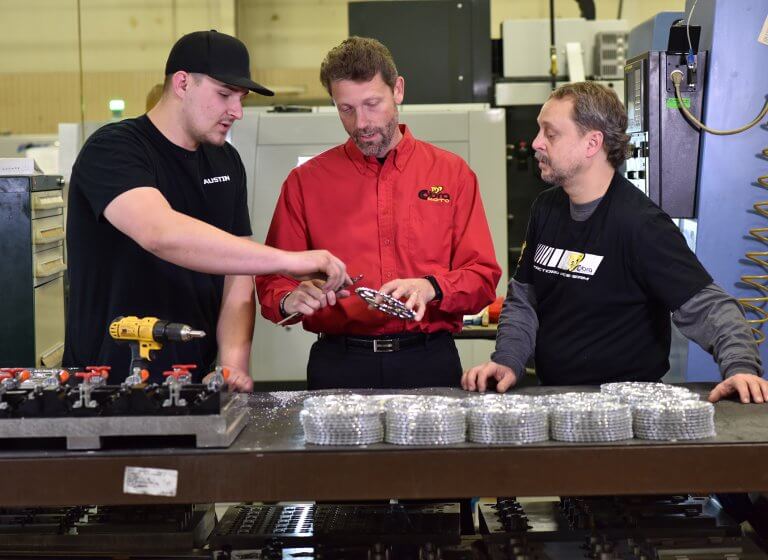Root Cause Analysis in Ergonomics: Traps and Tips
Posted on April 27, 2020 | in Ergonomics

Whether you are conducting an injury investigation or seeking countermeasures to address a hazard, the quality of your root cause analysis will have a direct bearing on the effectiveness of your solution. Unfortunately, many root cause analyses go off course and pursue ineffective paths. For example, a few years ago I was reviewing data on musculoskeletal disorders (MSDs) for a company and found a root cause stating that the reason for the person’s shoulder injury was that “the operator is too short.” There are very few countermeasures for an operator being too short!
I believe that one contributing factor is the flawed data repeatedly presented that up to 90% (even higher according to some sources) of industrial accidents are caused by an employee’s unsafe acts. When we believe that the employee is the root cause of the vast majority of accidents, we can create a sort of self-fulfilling prophecy where we identify the employee as the root cause. For example, an employee is injured lifting heavy boxes out of a shipping container. The easy root cause is to conclude that the employee was using an unsafe lifting technique. How do we know the lifting technique used was unsafe? Isn’t it obvious? The person was injured; therefore, the lifting technique couldn’t have been safe.
The Three Traps of Root Cause Analysis
Focusing on the person and their actions results in the first trap, asking the wrong “why.” This leads to the second common trap, failing to ask why enough times. Let’s examine a situation in which a person was injured moving a 50-pound box. The person was manually lifting the box rather than using the available vacuum hoist. Surely this is a clear example of an unsafe act. It might be, but we can’t determine if “unsafe act” is an accurate description of the cause without asking more questions. I can think of several possible answers that might be uncovered by asking another why. Perhaps the end attachment to the hoist wasn’t designed for the boxes handled at this station and operators have experienced boxes dropping, so they don’t feel safe using the hoist. Maybe the placement of the jib crane arm supporting the hoist doesn’t reach either the parts retrieval or the placement location. Or the supervisor could pressure employees to perform the task as quickly as possible rather than as safely as possible. If you are satisfied by the root cause of “unsafe act,” you may not be asking why enough times to uncover the real problem.
The third trap is assuming that there is a single cause. At any stage of the “5-Why” process, you may uncover several answers. You may also need to ask why about several different aspects of an answer from a previous step. For example, I could have concluded in one step of my 5-Why process that “manually torquing flange bolts causes high force exposure on the shoulders.”
There are at least two questions I could ask following this statement:
- Why are the bolts torqued manually?
- Why does the force required to torque these bolts exceed the risk threshold?
These two paths could lead to different solution options.
How to Perform Better Root Cause Analyses
How can you perform better root cause analyses? My simplest suggestion is to pay attention to the noun at the start of your root cause description. If your root cause begins with “the operator,” your solutions will likely be focused on changing the operator. If your root cause begins with words like part, tool, workstation, or packaging, you will likely focus your improvements on the work area itself.
My second suggestion is to never be satisfied with “unsafe act” as your root cause. Keep searching for the rest of the story. When you hear reports that a plane or ship mishap was caused by human error, you might conclude that this was the endpoint of the investigation. It isn’t. Specialists in human factors are brought in to identify the factors that contributed to the human error, the true root causes, so that lasting and effective changes can be implemented to prevent the next mishap. Looking beyond “unsafe act” will help you develop more accurate and actionable root causes.
Investing a few extra minutes in the accuracy and detail of a root cause analysis for ergonomics, or safety in general, pays dividends. That time is often paid back immediately in the time it takes to identify countermeasures. The focus provided by a good root cause analysis leads to faster identification of effective countermeasures. You reap additional benefits from the time invested because the solutions that you identify are also more effective. You are less likely to be repeating this analysis and countermeasure process a few months later, saving you time and protecting your employees better.